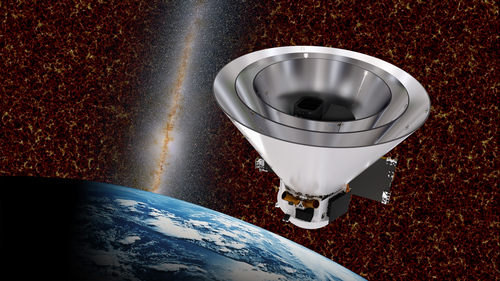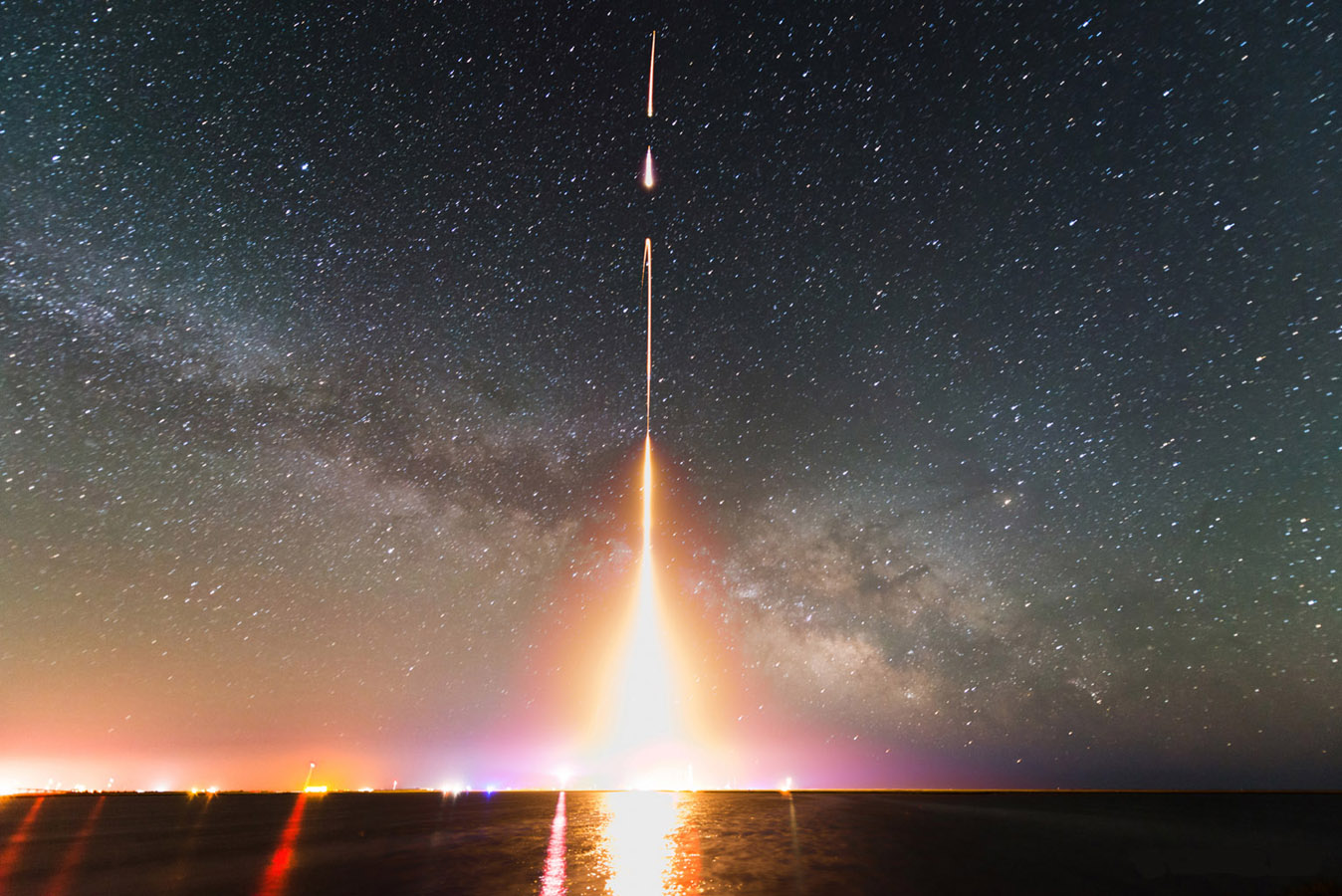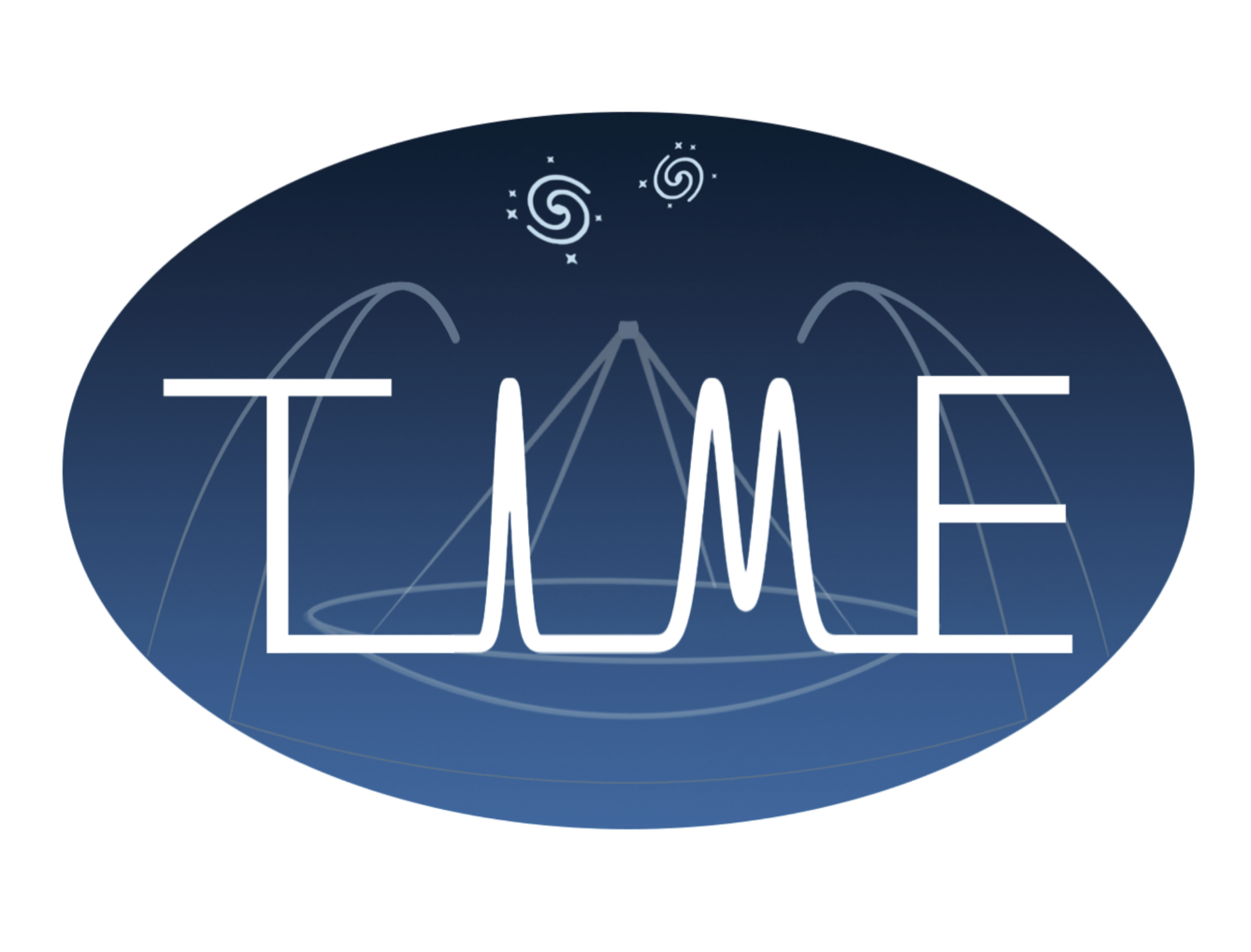Experiments
I have been involved in the following experiments:
SPHEREx

SPHEREx (Spectro-Photometer for the History of the Universe, Epoch of Reionization, and Ices Explorer) is a NASA all-sky near-infrared survey satellite launched in March 2025. Designed to conduct a spectral-imaging survey of the entire sky in the near-infrared (0.75 – 5 μm), SPHEREx pursues three primary science goals:
- Probing the physics of inflation by detecting non-Gaussianity imprints in the large-scale structure of the universe,
- Investigating the origins of water and biogenic molecules through the measurement of ice absorption spectra, and
- Exploring the origins and evolution of galaxies via a deep mapping in two deep fields located at the ecliptic poles.
My Contributions
My work with SPHEREx focuses on developing and optimizing multi-tracer analysis strategies and galaxy redshift measurements and validations, both of which are essential for robustly constraining primordial non-Gaussianity using the SPHEREx all-sky galaxy catalog. I also work on modeling the extragalactic background light observed by SPHEREx, which provides a powerful probe of the history of galaxy formation and evolution.
CIBER

CIBER (Cosmic Infrared Background ExpeRiment) is a sounding rocket experiment designed to probe the near-IR Extragalactic Background Light (EBL), the cumulative emission from all sources along the line of sight throughout cosmic time. CIBER has completed four flights between 2009 and 2013.
My Contributions
I analyzed CIBER 4th flight imaging data to study the "intra-halo light" component of the EBL, the extended emission around galaxies, using a stacking analysis. This work also involves the development of an end-to-end data analysis pipeline for CIBER's imaging instruments.
Relevant Publication:
-
Near-infrared Extragalactic Background Light Fluctuations on Nonlinear Scales
Y.-T. Cheng & J. J. Bock, 2022, ApJ, 940, 115, ADS, [arXiv:2207.13712] -
Probing Intra-Halo Light with Galaxy Stacking in CIBER Images
Y.-T. Cheng et al. (CIBER Collaboration), 2021, ApJ, 919, 69, ADS, [arXiv:2103.03882]
TIME

TIME (Tomographic Ionized Carbon Intensity Mapping Experiment) is a millimeter-wavelength spectrometer deployed on the ALMA prototype antenna at Kitt Peak, Arizona. TIME aims at mapping the [C II] emission line across redshifts 5 to 9, by capturing the large-scale intensity field through the emission of the ionized carbon line [C II]. This measurement will complement both HI 21 cm intensity mapping and traditional galaxy detection methods.
My Contributions
My work on TIME involve developing signal and foreground models for its analysis pipelines, helping with the deployment of the instrument, and analyzing instrument testing datasets. I've also developed methods to mitigate the impact of interloper lines in line intensity mapping, which will be valuable for future TIME data analyses.
Relevant Publication:
-
Bayesian Multi-line Intensity Mapping
Y.-T. Cheng, K. Wang, B. D. Wandelt, T.-C. Chang, & O. Doré, 2024, ApJ, 971, 159, ADS, [arXiv:2403.19740] -
Phase-Space Spectral Line De-confusion in Intensity Mapping
Y.-T. Cheng, T.-C. Chang, & J. J. Bock, 2020, ApJ, 901, 142, ADS, [arXiv:2005.05341] -
Optimally Mapping Large-Scale Structures with Luminous Sources
Y.-T. Cheng, R. de Putter, T.-C. Chang, & O. Doré, 2019, ApJ, 877, 86, ADS, [arXiv:1809.06384] -
Spectral Line De-Confusion in an Intensity Mapping Survey
Y.-T. Cheng, T.-C. Chang, J. J. Bock, C. M. Bradford, & A. R. Cooray, 2016, ApJ, 832, 165, ADS, [arXiv:1604.07833]